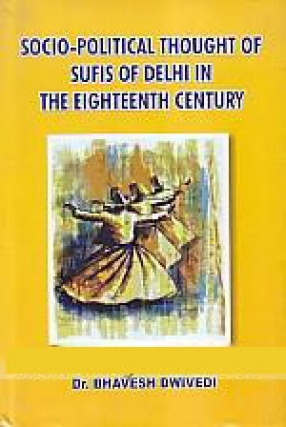
Showing all 10 books


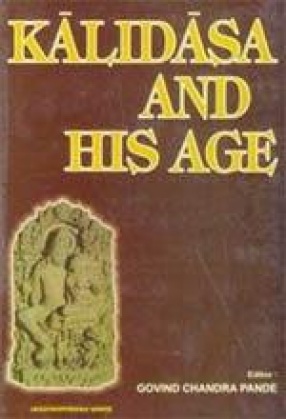
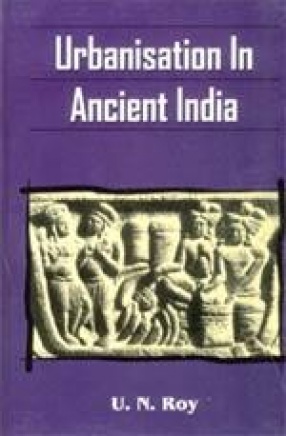
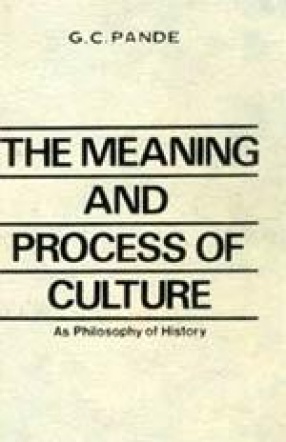
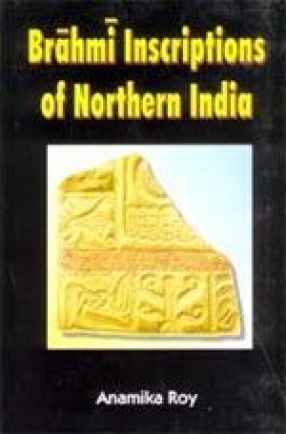




The book attempts to make use of nearly all the major and minor Puranas to understand a single, though a significant, limb of Indian family and society, the woman. Beginning enquiry with the female infant yet to be born, the authoress takes it through her childhood, marriage, motherhood, examines her role as a wife, her share in religious duties, and her woes of widowhood; makes an effort to understand her in the role of a prostitute and makes more specific ...

The present monograph is an analytical study of the Magha inscriptions housed in the Allahabad museum. It focuses on various issues emanating from these epigrapical records for the reconstruction of historical framework relating to the Magha dynasty. It stresses that our knowledge about this dynasty is imperfect, despite the magnitude of evidences available in various forms including inscriptions, coins, seals and sealings. Attempt has been in this monograph to ...

The present volume of essays covers a wide range of themes belonging to Kalidasa studies. Although much has been written on Kalidasa, much more remains to be written. In the present volume, the question of the date of Kalidasa has received considerable attention. The papers of Prof. K. Chattopadhyaya relating to the date of Kalidasa and connected issues form a central part of this volume. Well-known scholars, Sanskritists, Historians and Archaeologists have ...

The present study represents an attempt to probe into Urbanism in Ancient India from several points of view from the earliest time to the Twelfth century A.D. It points out that in spite of sharp different between attitude and aspiration, thought and feeling of city bred man and the inhabitants of a village, but both were interdependent and reciprocal supplementary. In the remaining chapters, it points out the role of iron in the development of city and ...

The historian’s concern with causation tends to predispose him in favour what has been called ‘social being’ in contrast to ‘consciuosness’. The unfortunate part of this predisposition is to be content with a wholly external account of man’s cultural enterprise, an account which neglects the meaning of cultural symbols and consequently which neglects the meaning of cultural symbols and consequently of the consciousness which is correlated to the ...
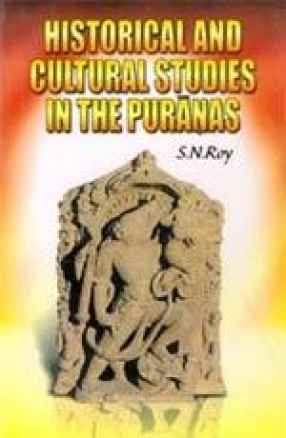
The present monograph seeks to analyse the Puranic data intensively for its contacts with dynastic history and its epigraphic sources. The author has its epigraphic sources. The author has engaged in an earnest and thorough chronological and comparative analysis of Puranic passages, which sheds much light on passages, which sheds much light on their evolution. His disquisition on the language of the Puranic texts is a new departure and could be taken up as an ...

The book projects some very significant aspects of Brahmi inscriptions of northern India from circa Ist. Century A.D. to circa 300 A.D. throwing light on Social life, Economic life, Polity and Administration, Religion, and Palaeography. It brings out in clear terms that the inscriptions are unfailing guides for the reconstruction of history of the period under review. It has been shown that the so-called ambiguities or discrepancies in these records are largely ...

Prof. Pande’s present work Consciousness Value Culture is a sequel to his earlier works Meaning and Process of Culture: A philosophy of History and Mulyamimamsa. It incorporates and carries forward their investigations into Value, Culture and History. It seeks to outline a philosophy of culture as the social and historical expression of the inner value seeking character of consciousness. It may also be alternatively described as a search for a Philosophy of ...
